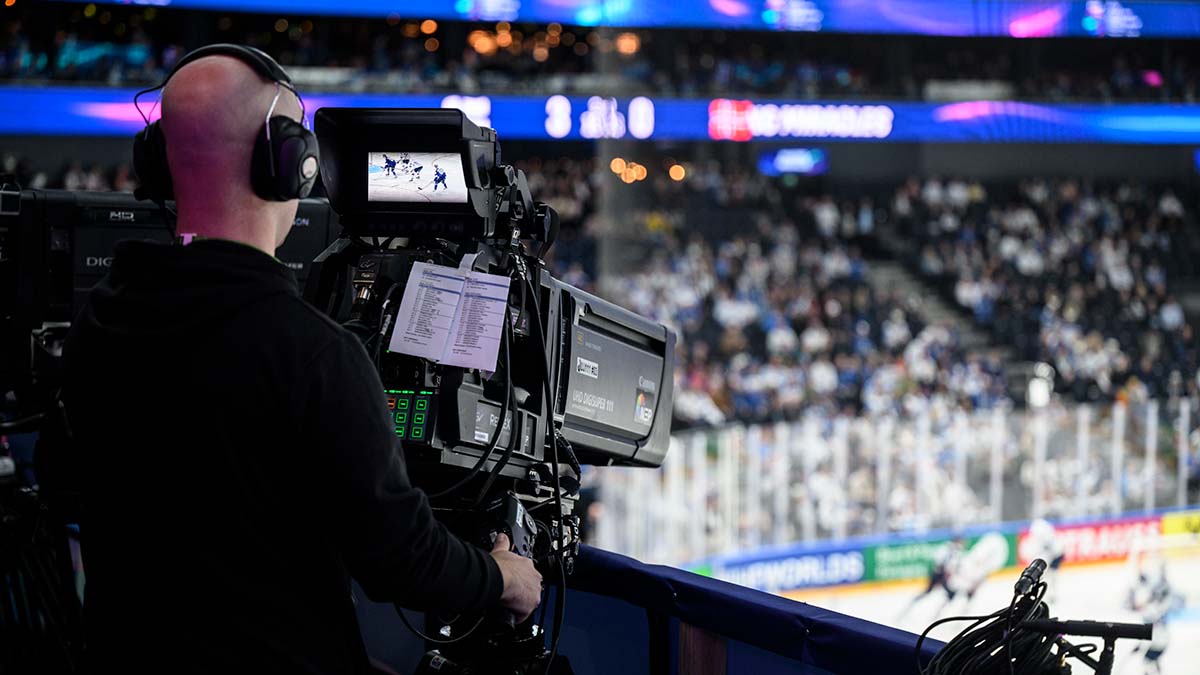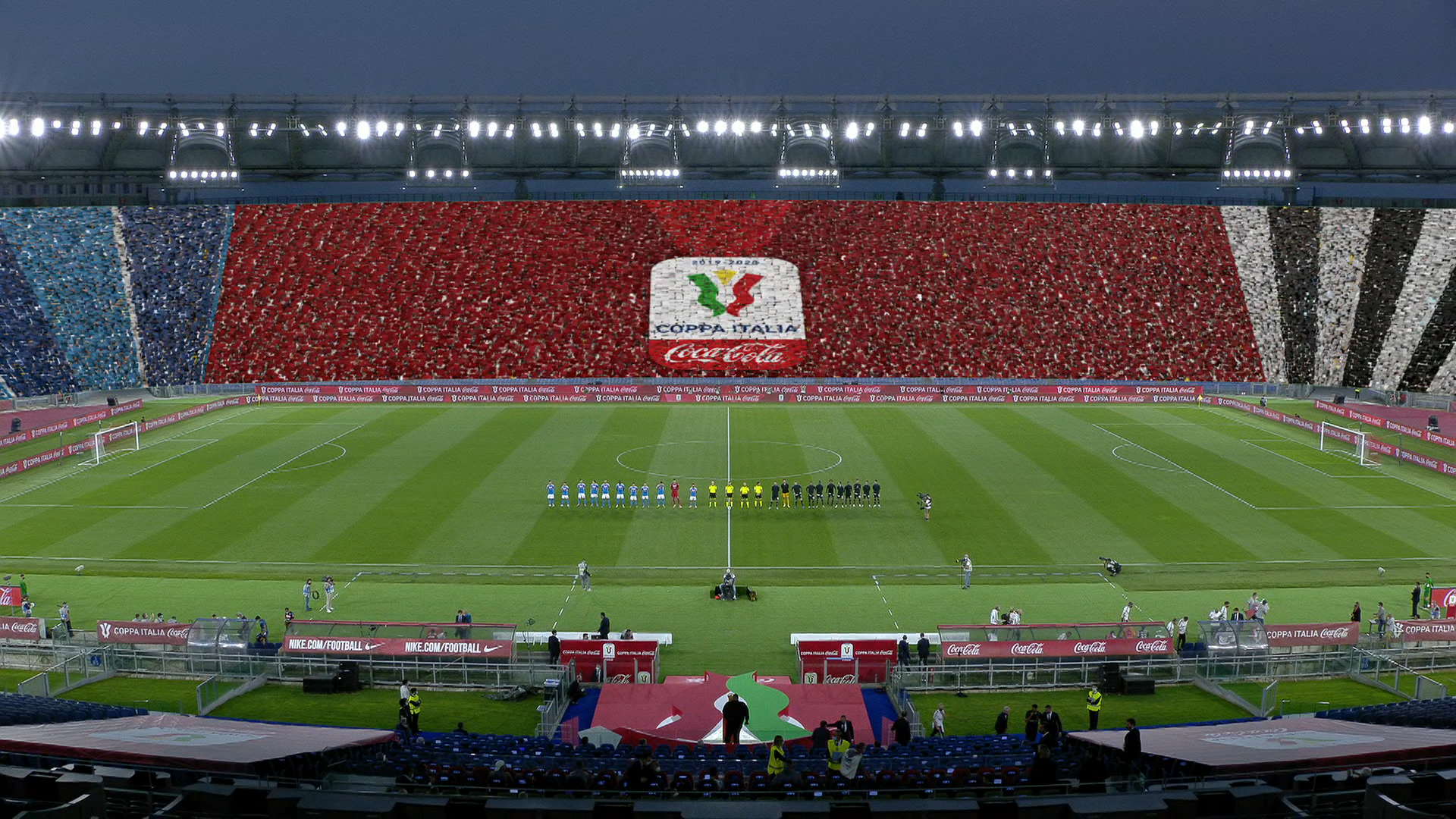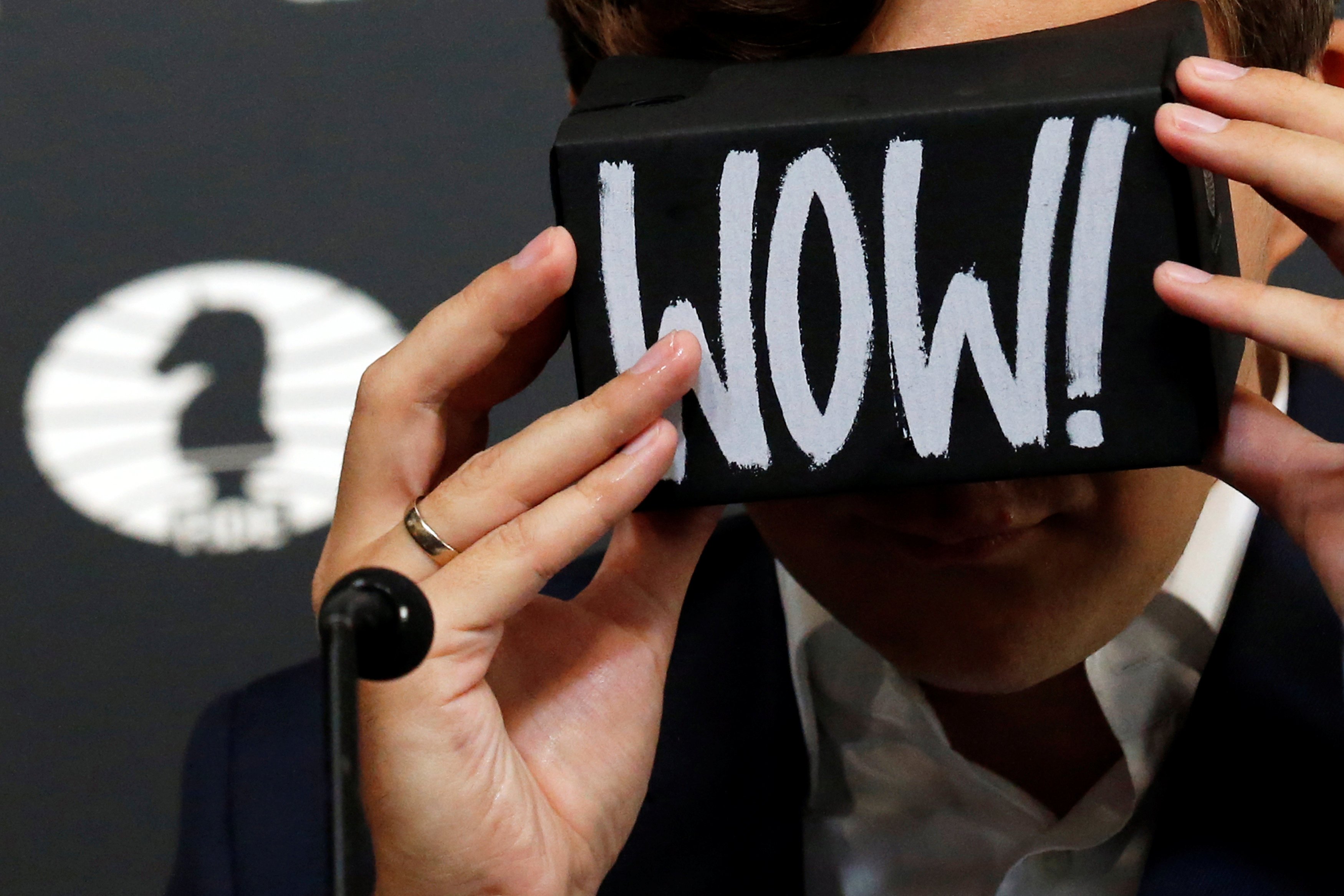The last decade has seen an explosion of technology enhancing sports broadcasts. Automated production, artificial intelligence (AI) and improvements to hardware has allowed platforms to improve fan's experience. Channel owners are always looking at ways to get a step ahead of their competition. Here are five ways tech could dictate the future of sports broadcasting.
Multidimensional viewing experience
The NBA has always been a leader in adopting new technologies. The fan of the future was front and centre when it rolled out “NBA CourtView”, its multidimensional broadcast. It placed over 100 cameras around the court and used the data to generate a broadcast experience akin to a video game.

This isn’t the first time sport has used multidimensional views, with many other rights holders using it for replays. It was the first instance of doing it live though. Whilst the technology still has a way to go, it does open up opportunities for rights holders to broaden the platforms sport is broadcast on. This includes the metaverse, which looks to have an imminent impact on the future of sports broadcasting.
Automated video broadcasting for your local league match
Sports content automation has been around for some time now and using AI to help ease the load on resources is far from a new trend. But it has been a walled garden until now, only used by professional organisations.
Staige is one example of scaling the technology for use at grassroots level. The start-up uses an AI-powered camera that autonomously records and streams sports footage. It helps drive down the cost of video broadcasting and could also lead to improved marketing opportunities. Sponsorship of sport is now beyond stamping a logo on a team or league and hoping for the best. The opportunity for a local club to create highlights through automated content could help attract commercial partners. The coming years could see a breaking down of barriers on the level of broadcasting in the lower tiers of sport.
The growth of augmented reality (AR) in sport
AR is currently seen as virtual reality’s easier cousin. Fans have seen the field of play covered in all manner of graphics before. The industry is now beginning to explore how to use AR at a sports venue. It’s doubly hard if that sports venue is not consistent, with the background always changing.
Orange, the broadcasting technology provider of the Tour de France, partnered with French start-up immersiv.io to test the potential of AR at sport events. They equipped members of the crowd with AR glasses displaying an interactive 3D map of the race superimposed on the real environment.
Immersiv.io are not the only company to have rolled out an AR fan activation. Some have used technology on mobile phones up until that point. This was one of the first instances of wearables overlaying information on an environment.
Bodycams taking you to the heart of the action
Finding the right balance between giving fans a unique view and not intruding on the sport can be hard. Rightsholders have placed body and helmet cams on referees in the past. They can be a lot easier to use in sports like ice hockey or Formula One where there is equipment to strap the hardware to. That isn’t so easy in a sport such as football.
This year’s Innovation Game between 1. FC Koln and AC Milan may have been the advent to a viable solution. Mindfly used the occasion to demonstrate its wearable, ultralight and invisible camera. The bodycam is embedded into a vest and captures the perspective of players in wide-angle mode. AI is once again used to help automate content straight from the pitch, resulting in ready-to-broadcast and -publish video clips.
The cameras picked up a moment of brilliance from Olivier Giroud during the match and the footage made its own headlines around the world. The technology is available – and set to be used by top tier basketball competition EuroLeague – and the demand from fans is obvious. It is something we could see appearing imminently in sports production and broadcasts.
Increased use of racing drones in production
Sport has used drones before, and they are being used in a range of sports already.
The use of racing drones is new though, providing access and allowing sports to give fans a new view of the action. Organisers of the Natural Selection Tour, a backcountry snowboarding race which sees riders hurtle down mountains through impassable terrain, managed to capture some of the best footage ever using racing drones. It adapted the drone so it could manoeuvre through forests whilst still being strong enough to carry broadcast-quality cameras.
Sports broadcasts are needing to adapt to a growing consumer demand for new experiences. The future of the sector depends on innovative technology driving the change, but also dictating when and how it should be used. Whilst technology can help sports broadcasts, it is important to make sure they add value for fans. Finding the sweet spot can help rightsholders develop a positive relationship with fans.









